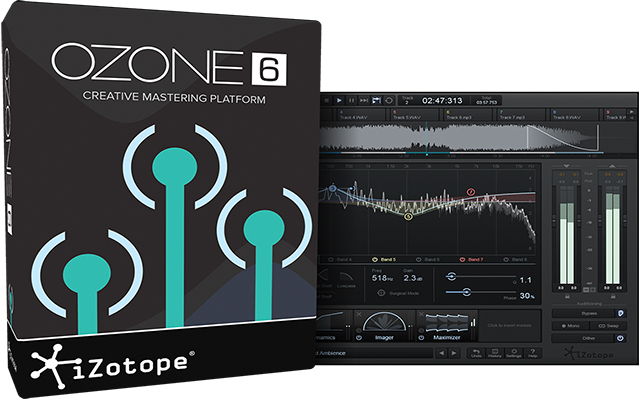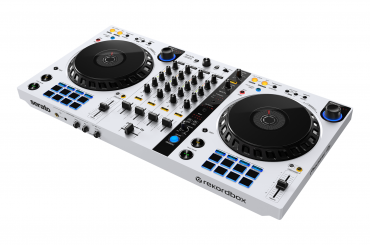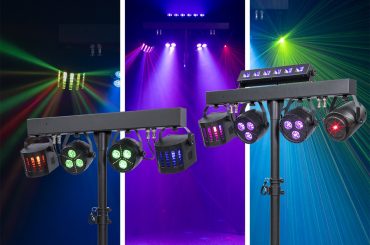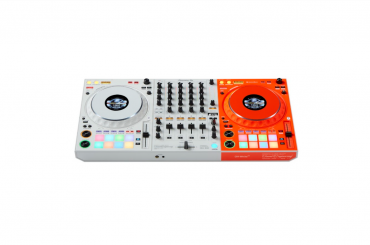Back in 2011, the innovative Boston-based developer iZotope changed the mastering game with the release of Ozone 5 and Ozone 5 Advanced. This was a different approach to mastering, boasting a robust user interface and a suite of mastering tools that could be used individually or as a group. Ozone 5 has been on my Master Bus since my review from the February 2012 issue of DJ Times, and with the recent release of Ozone 6 and Ozone 6 Advanced, an already fantastic plug-in has been redesigned, raising the bar again.
What’s New?
The first thing that Ozone 5 users will notice is a completely new GUI. I think that iZotope wanted to make the navigating experience a bit easier, and now Ozone can be used in stand-alone mode, giving you the option of mastering your track outside of your multi-track session and DAW altogether.
It took me a few minutes to get accustomed to the redesigned interface, and I have to admit that it’s a bit cleaner and more streamlined. The active modules reside at the bottom of the interface, and you now the ability to customize their order in the mastering chain. Nice.
The advanced version contains seven modules. They include: Equalizer; Exciter; Imager; Dynamics; Dynamic EQ; Post Equalizer; and Maximizer. (The basic version does not contain the Dynamic EQ module.) When using Ozone 6 in stand-alone mode, you have the ability to add third-party plug-ins, and a transport is provided at the top of the screen to control playback of your track.
The track’s waveform display resides just below the transport and, when multiple tracks are loaded in, users can tab between the different songs, comparing the sonics between them. Mastering chain settings can be saved, including your third-party plug-ins, allowing for a seamless implementation of customized presets as you work from song to song. Start and end points are editable in stand-alone mode, as well as the ability to create fades.
For me, there is something psychologically beneficial to mastering a track outside of the multi-track program from which it was created. In my mind, mixing and mastering have always felt like two separate phases of the music-making process. But, if you prefer to handle your mastering from within your mix session, you can certainly use Ozone 6 on your Master Bus.
There is a comprehensive and dedicated dither section, with bit depth ranging from 24 down to 8, the amount ranging from strong down to off, and seven different noise shaping options. Mono summing is available, which I find to be a very valuable tool.
Next to the bypass button is a little ear button, so when switching bypass on and off, you have the option to A/B your mastered mix against the original, with Ozone doing a bit of gain matching, so that there isn’t a huge difference in loudness between them.
The preset library is plentiful and is a great place to start to address different mastering needs. And, presets can be auditioned while playing your track. The Dynamic EQ section (advanced version only) offers users the ability to capture the sonic texture of analog EQ, while also taking advantage of the sculpting precision of digital EQ.
Conclusions
With Ozone 6, iZotope has made an already great sonic tool even better, and I do prefer the visual-feedback capabilities of the new version over Ozone 5. At $249 for Ozone 6 and $999 for Ozone 6 Advanced, there is certainly a big price difference between the two. However, keep in mind that the Advanced version includes not just the Dynamic EQ, but the Essential Metering Suite (a $499 value) and the option for additional component plug-ins.
Well done, iZotope! I look forward to my next mastering session.
(Editor’s Note: At presstime, iZotope announced a new music production bundle that will include Ozone 7 Advanced. Operating as a standalone platform or as a plug-in within all major DAWs, Ozone 7 Advanced will include a full suite of mastering tools. New updates will include four Vintage Limiter, new export options for delivering mastered audio to MP3/AAC formats, IRC IV mode, and improved Dynamic EQ.)
If you have any questions for Making Tracks, please send them to djtimes@testa.com.








